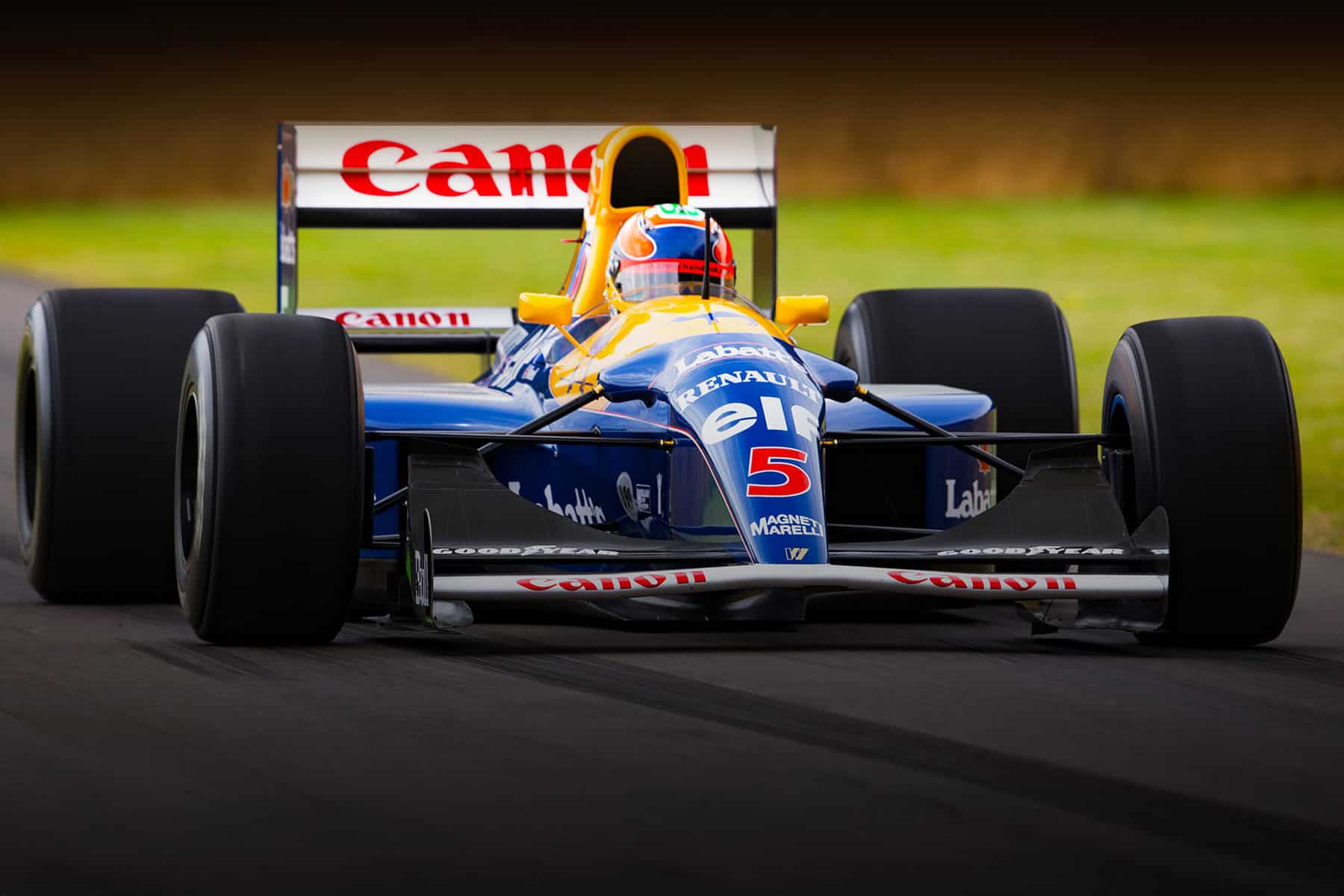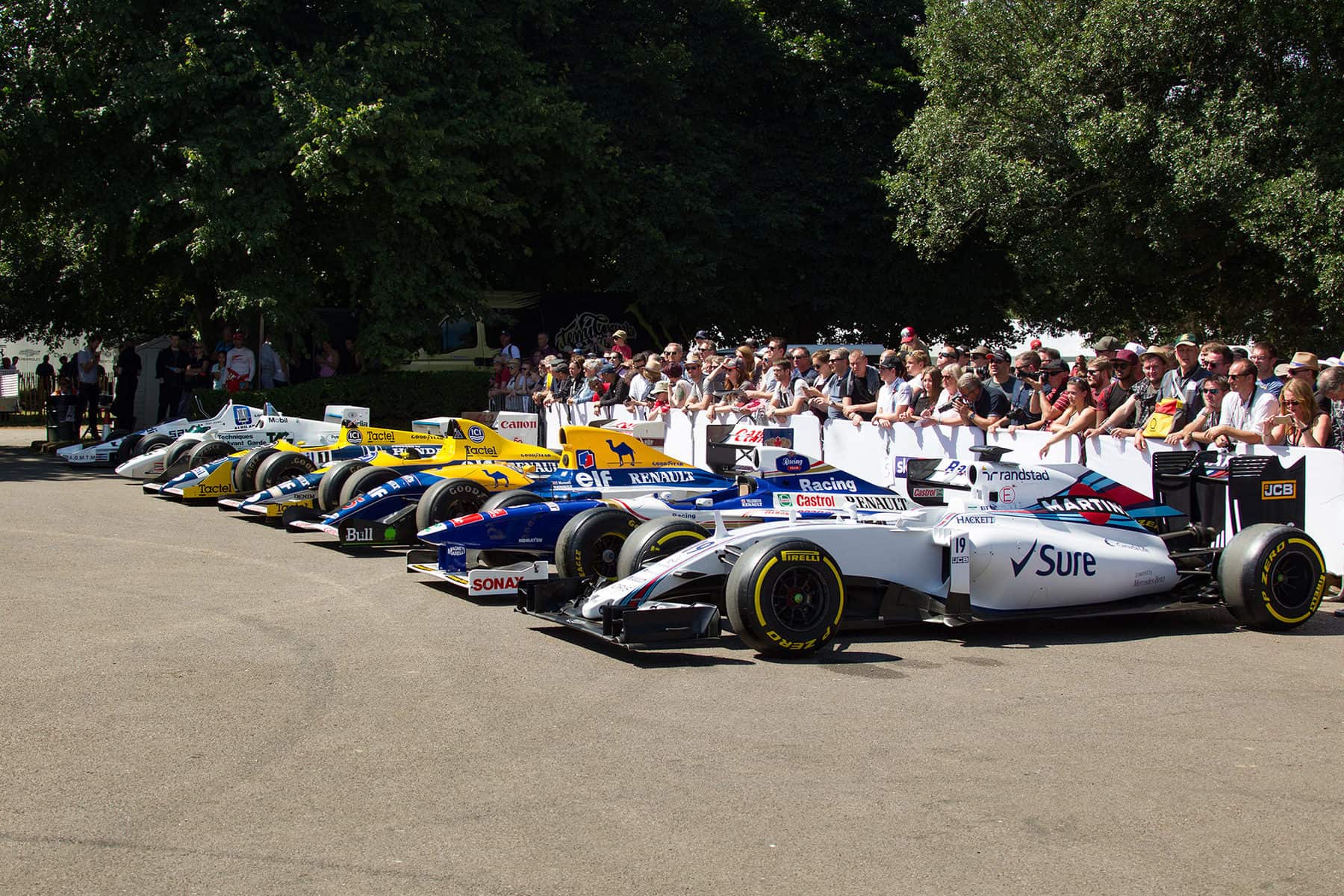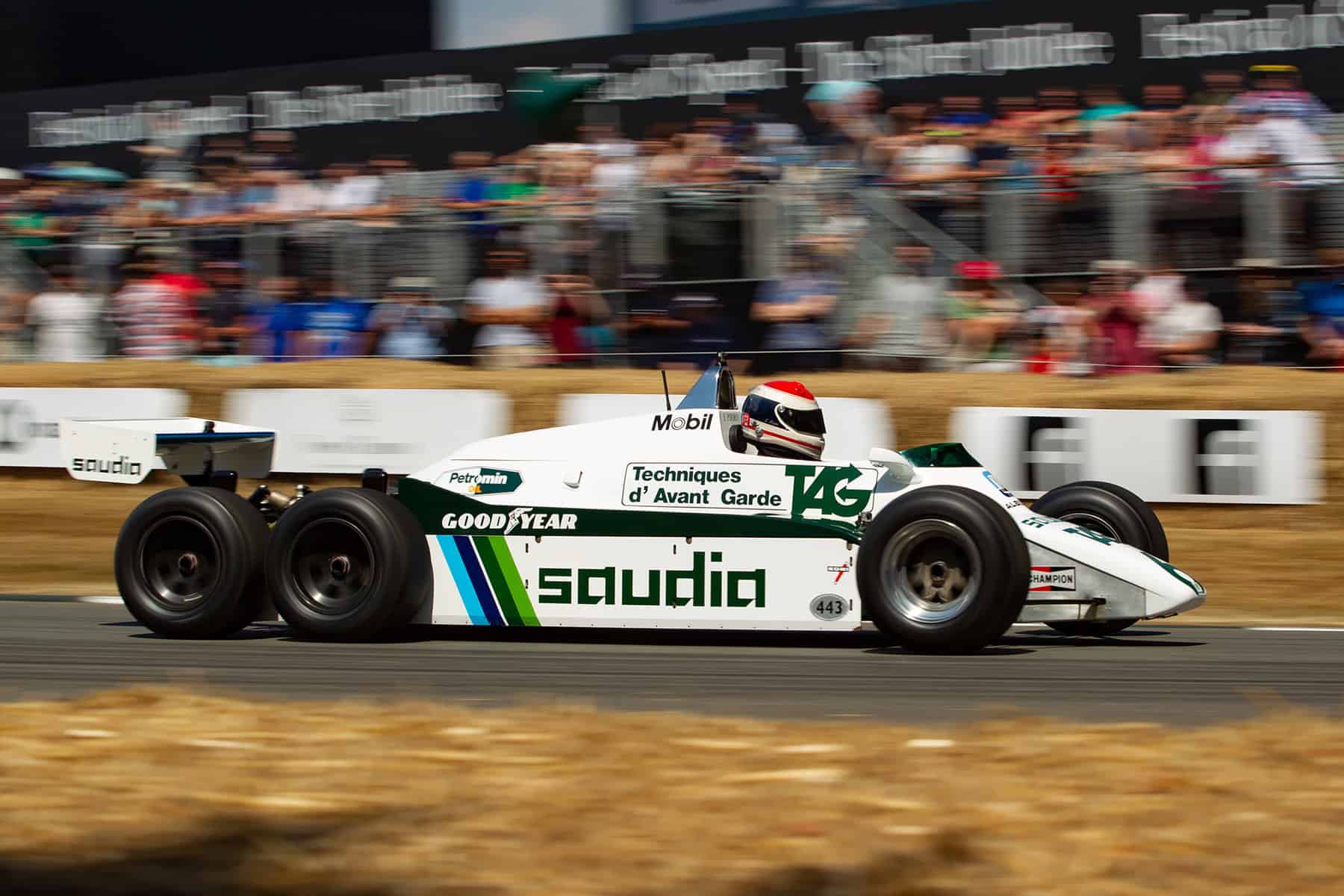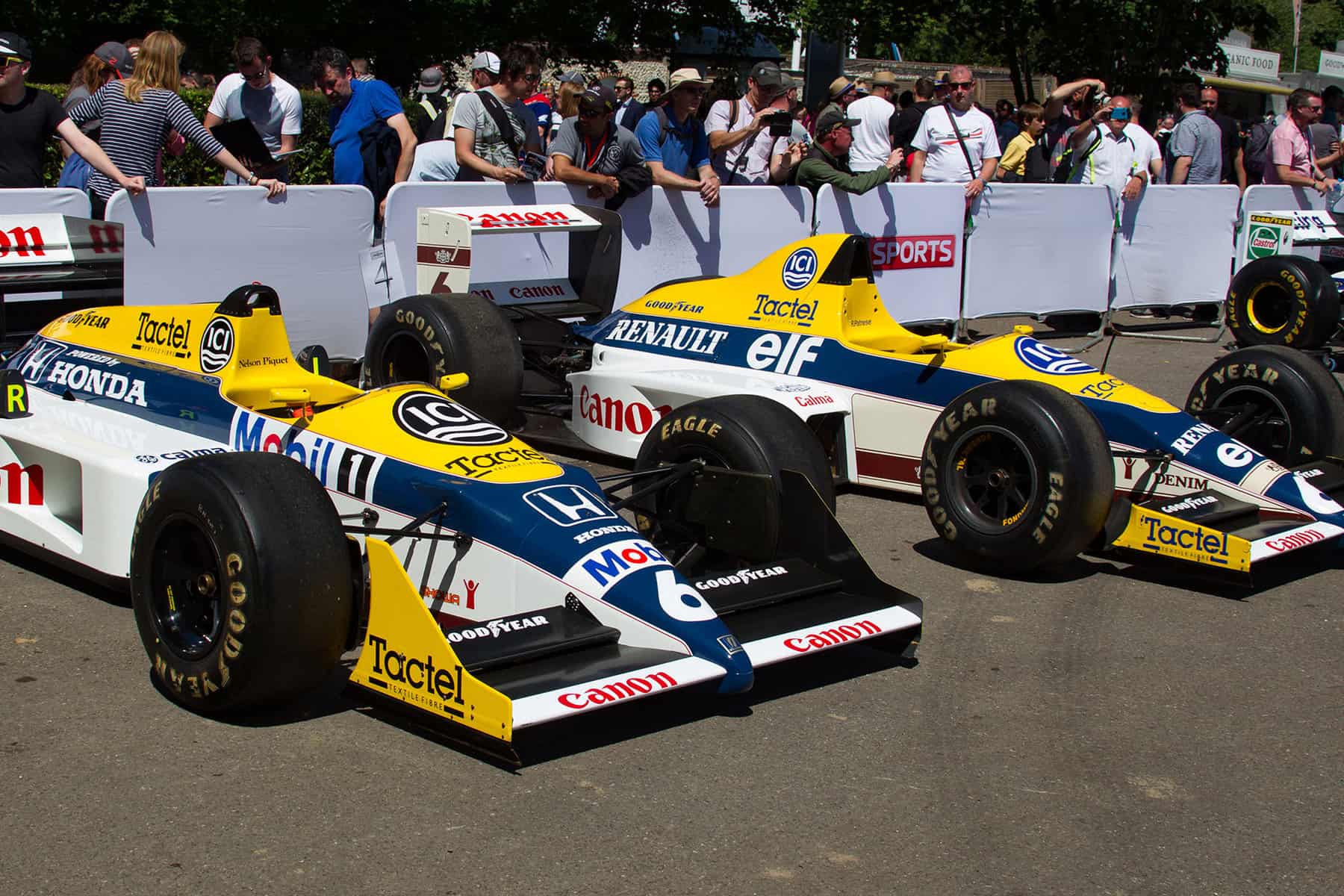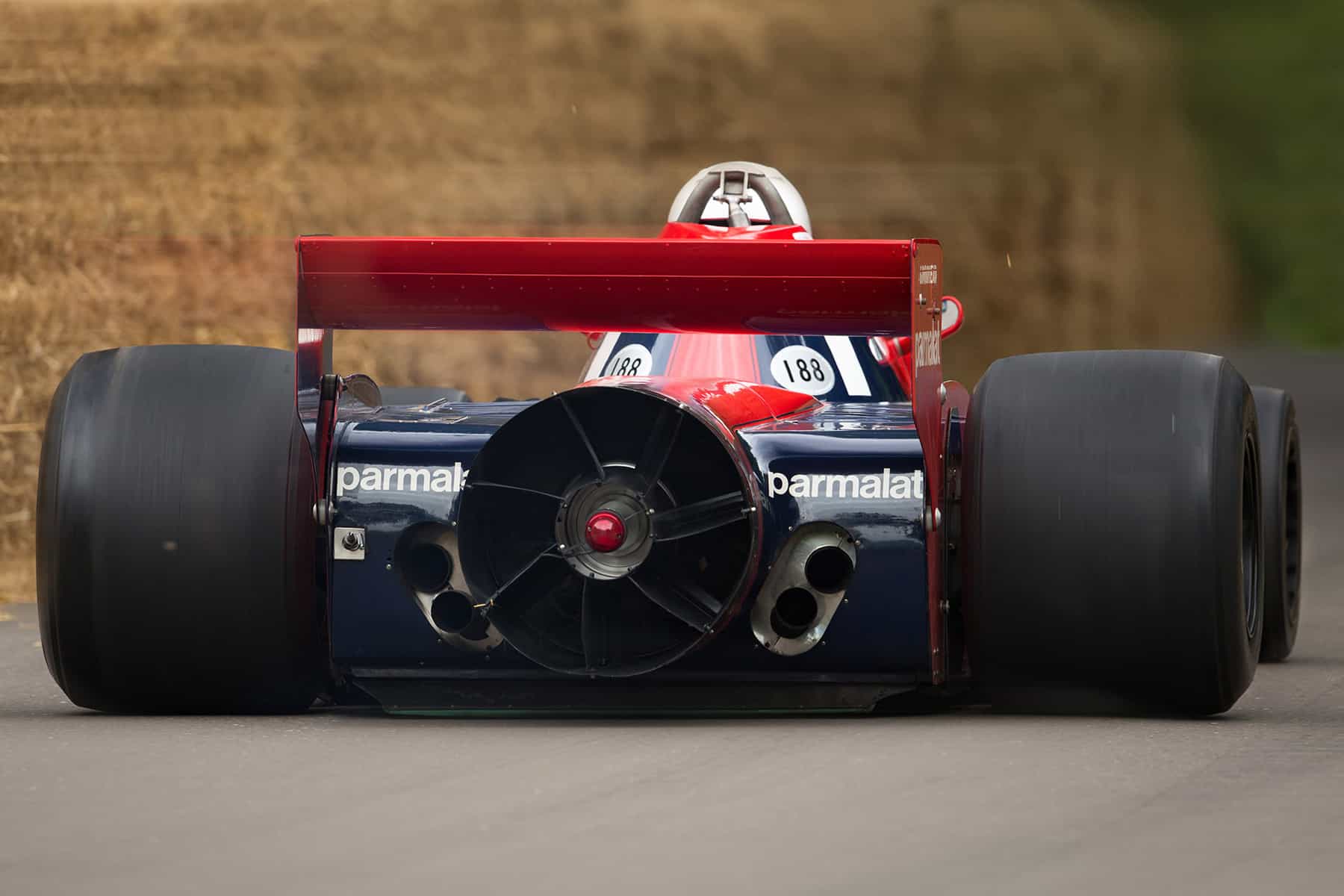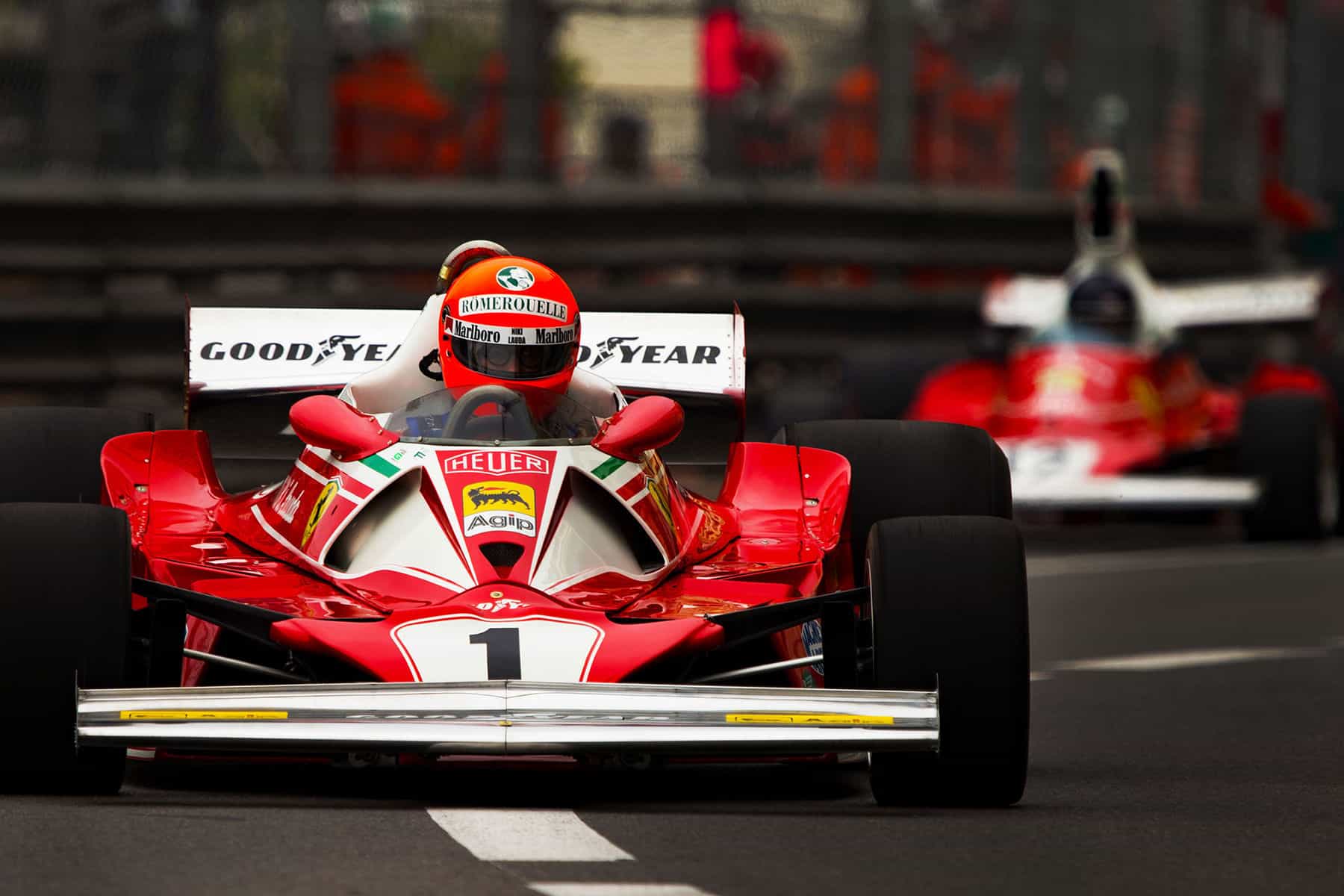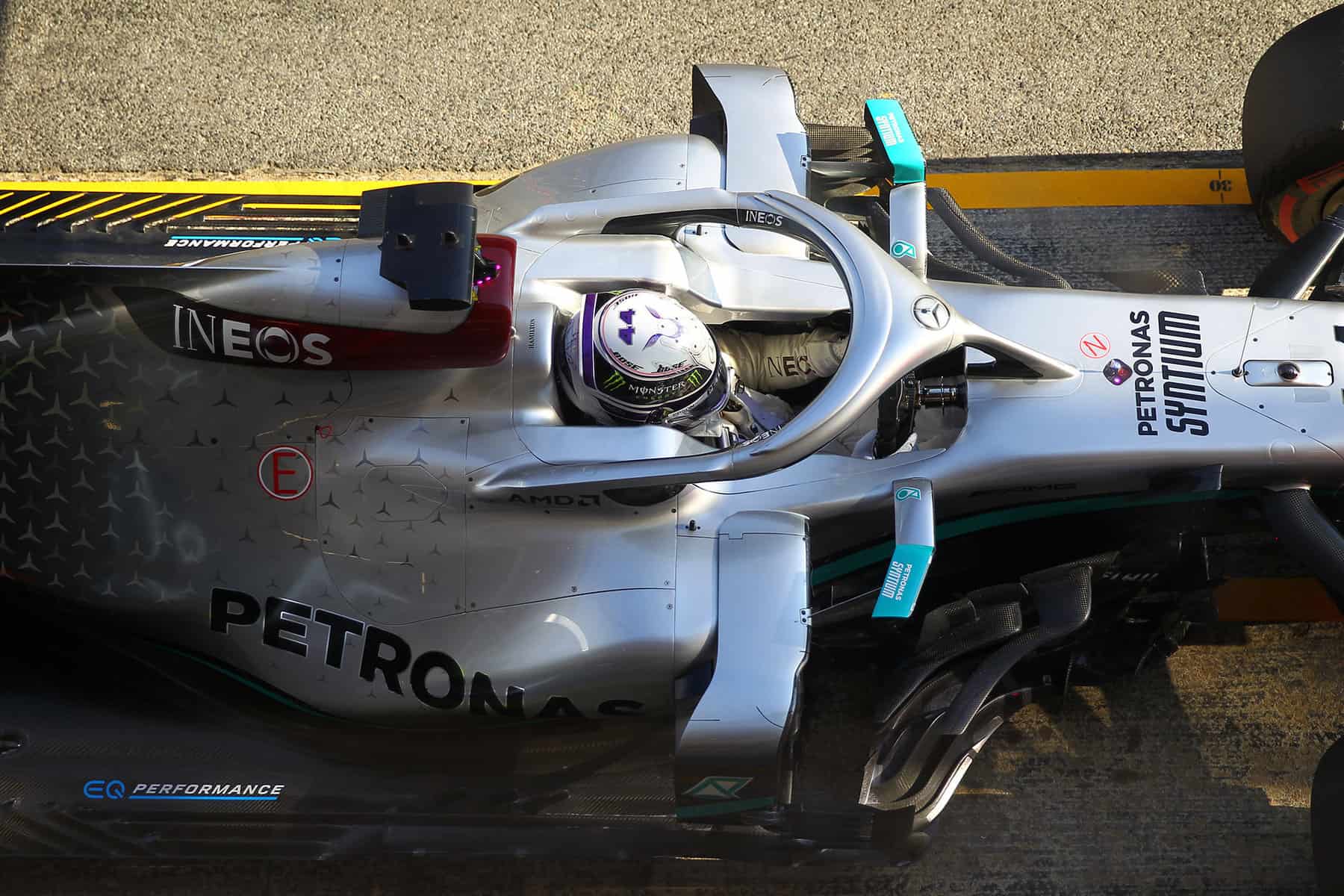The “Last Truly Independent F1 Team” Exits
The brilliant legacy of Sir Frank and Claire Williams
BY: WOUTER MELISSEN
On September 3, 2020, Williams Grand Prix Engineering placed a notice in its corporate file with the British Companies House that read, “Termination of appointment of Frank Owen Garbett Williams as a director.” This brief notice has a profound effect on Formula 1 – it marks the end of a career in the sport for Sir Frank Williams, a journey that started more than fifty years ago, on May 4, 1969, at Montjuïc Park in Barcelona.
While still a hard pill for many Formula 1 fans to swallow, the move was inevitable, as the last truly independent F1 team had been sold by the Williams family a few weeks earlier to an American consortium. The final Grand Prix with the family still at the helm was the 2020 Italian Grand Prix where Nicholas Latifi finished just shy of the points in eleventh. The result was hardly surprising, but also far from a fitting end to the Williams family’s hugely successful F1 career.
A wheeler-dealer by trade, Frank Williams had run a variety of racing cars as an entrant in minor formula competition during the 1960s. He then managed to secure a one-year-old Brabham for his protégé, Piers Courage, to race during the 1969 Formula 1 World Championship. While the aptly named racer retired from the Spanish Grand Prix, Frank Williams Racing Cars scored a podium finish in only the team’s second race as Courage placed second at Monaco two weeks later. Courage finished second again a few months later in the United States Grand Prix at Watkins Glen. In his first Formula 1 season as an entrant Williams had clearly impressed, but it would take a full nine years before a car fielded by the Englishman would match the results scored by Courage in 1969.
By the time Williams entered F1, the time for privateer entrants was already coming to an end. As it turned out, the victory for the Rob Walker Racing Team and driver Jo Siffert with a Lotus 49B at the 1968 British Grand Prix would be the last for a true privateer. Frank Williams was well aware of the situation and for 1970 he partnered with Italian manufacturer DeTomaso. It would be a disastrous season, as Courage crashed fatally at the Dutch Grand Prix in the DeTomaso 505 F1 car. Williams regrouped and struggled on during the next few seasons, first with cars sourced from March and then with cars of his own construction. Against the odds, he soldiered on and was really onto something during the 1976 season, when he built on the ashes of the Hesketh team with backing from Canadian Walter Wolf. A brand-new car was readied for the 1977 season, but by this point, Wolf had taken control of the team. Williams had to watch from home as Jody Scheckter drove what was now called the Wolf WR1 to victory.
Williams had the resilience to bounce back once more, and partnered with engineer Patrick Head to form Williams Grand Prix Engineering. In 1977, the two fielded a mildly modified March 761 for Belgian Patrick Nève, but for the following year, the all-new Williams FW06 was developed. With proper backing from Saudi Arabian Airlines, it was fielded for Alan Jones. The Australian finally managed to match the two second-place finishes that Courage had scored almost a decade earlier. For the 1979 season, the team stepped up to a full two-car effort with Jones and Swiss racer Clay Regazzoni. For that year, Head, assisted by Frank Dernie and Neil Oatley, created the ground-effect FW07. Regazzoni drove the car to Williams’s first Grand Prix victory, fittingly at the British Grand Prix. Jones would then win four of the six remaining races, and Williams ended the year second in the World Constructors’ Championship.
The ultimate reward for a decade of defying the odds came in 1980, when a further refined FW07B proved to be the fastest of all. The team won six races that year, with Jones taking five and new team member Carlos Reutemann one. It was more than sufficient for Jones to win the Drivers’ and Williams the Constructors’ Championships. A further constructors’ trophy was added to the tally in 1981, while Keke Rosberg managed to win the drivers’ title in 1982, despite scoring just a single win in his Williams FW08. All these successes were scored by the readily available drivetrain combination of Cosworth DFV V8 engine and Hewland gearbox. The arrival of turbo engines developed and produced by major manufacturers such as Renault and BMW ended the era of truly independent entrants, much like the privateers were driven out of the sport in the early 1970s.
Frank Williams once again had to align himself with a manufacturer, this time not to supply him with a car, but rather to provide the team with a competitive engine. Making a better judgment call than in 1970, for the 1984 season Williams opted to partner with Honda. What the Japanese manufacturer provided was a cutting-edge, twin-turbo V6. Although hugely powerful, it was not particularly reliable during its debut season. Keke Rosberg did manage to score a single win with the Honda-engined FW09 at Dallas. Four wins were scored in 1985 and the Williams-Honda partnership really came to fruition in 1986 and 1987 with the FW11 and FW11B respectively. Serving as drivers during this season were Nigel Mansell and Nelson Piquet. Both drivers realized they were each other’s biggest rivals for the title and between them they won nine of the sixteen races. The rivalry between them did finally result in McLaren’s Alain Prost walking away with the title in 1986. There were no such issues in 1987, with Piquet and Mansell ending the year in first and second respectively. During both seasons, the Williams-Honda team won the constructors’ title.
For Williams personally these were very difficult years. He had a massive accident driving back from the Paul Ricard circuit to the Nice airport early in 1986. The team had just tested the new FW11 and Williams was keen to get back to England to take part in a run to be held in London the following day. His rental car left the road and fell in an eight-foot ditch and rolled on the driver’s side. The roof collapsed and crushed Williams’ fourth and fifth vertebrae. He became a quadriplegic and has required constant care since. Demonstrating his remarkable resilience once again, he fought back and returned to the helm of the team before the end of the season. He was not back quite in time to end the spat between Piquet and Mansell in 1986, but it can not be a coincidence that there were no such issues in 1987.
Despite the two dominant seasons, Honda left the team to supply engines to McLaren instead for the 1988 season. With no factory engine readily available, Williams had to settle for a Judd V8 and immediately dropped from first to seventh in the constructors’ table. For 1989, an engine supply deal with Renault was agreed for their all-new, 3.5-liter V10. This proved the start of a very successful partnership that saw the team win driver titles with Nigel Mansell, Alain Prost, Damon Hill, and Jacques Villeneuve between 1992 and 1997. During those years, the team only missed out on the constructors’ trophy in 1995. Once again, the team was also marred by tragedy as Ayrton Senna suffered a fatal accident with his Williams FW16 during the 1994 San Marino Grand Prix.
Key to the success during the early 1990s were not only the potent Renault engines but also the hugely sophisticated cars developed by the team with Adrian Newey at the helm as chief designer. They featured fully active suspension, traction control, and ABS, and remain the most sophisticated Grand Prix cars ever built. They were so far ahead of the competition that the new car planned for 1992 was actually set aside, as it was decided that an evolution of the existing FW14 would suffice. It was a good call, as Mansell would go on to score a record-breaking nine wins in the 1992 campaign with the FW14B.
During the 1993 season, the team also experimented with a continuously variable transmission or CVT. With its infinite number of gears, the engine could always run at the revolutions in which it produced its peak power. In testing, it reportedly proved to be more than a second faster per lap than the conventional gearbox. Unfortunately, it was banned before it was ever raced. This was not the first time a Williams experiment was thwarted by the regulations — in the early 1980s, the team had developed a rear end with two axles and four wheels. The rule makers were quick to stipulate that a Grand Prix car could have only four wheels from 1983 onwards.
The partnership with Renault ended in 1998, but Williams managed to find a worthy replacement in BMW for the 2000 season. Particularly in 2003, the Williams-BMW combination proved successful, winning four races. After 2005, BMW left to go it alone by buying out the Sauber team. Since then, the Williams team has used a wide variety of engines but always in the role of customer. During this period, all other independent teams aligned themselves with a manufacturer, leaving Williams as the only truly independent Grand Prix team. This had an effect on the results, as the once-dominant team only managed to score one win after 2004. Increasingly suffering from his paralysis, Sir Frank was superseded at the helm of the team in 2013 by his daughter, Claire, who became deputy team principal in March of that year. Despite running the potent Mercedes-Benz engines during the last couple of years, the team has continued to struggle, which explains why Latifi’s eleventh-place finish was no surprise.
In addition to the successes in Formula 1, the Williams team also branched out into other forms of motorsport. For Rover, the MG Metro Group B was created during the mid-1980s, while Williams-built Renault Lagunas competed in the British Touring Car Championship a decade later. The biggest success came in 1999, when the Williams-developed BMW V12 LMR won the 24 Hours of Le Mans outright. Other successful, high-tech ventures included Williams Advanced Engineering and Williams Hybrid Power.
Williams’s strong desire to remain independent made it virtually impossible to keep up with the spiraling costs of competing in Formula 1 at the highest level. It is also particularly sad that the family’s decision to sell came just one year before a rather drastic cost cap will come into effect, which could herald a new era where an independent team could thrive. But while there will be Williams cars on the grid, for the first time in fifty-one years, the Williams family will no longer be part of the pinnacle of motorsport.
